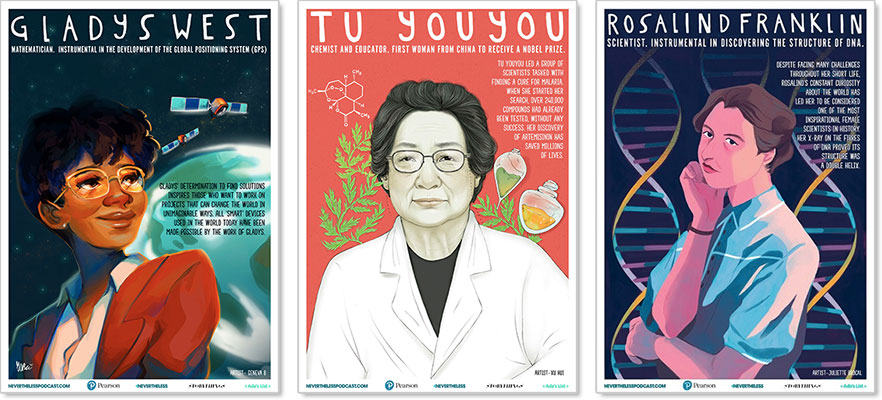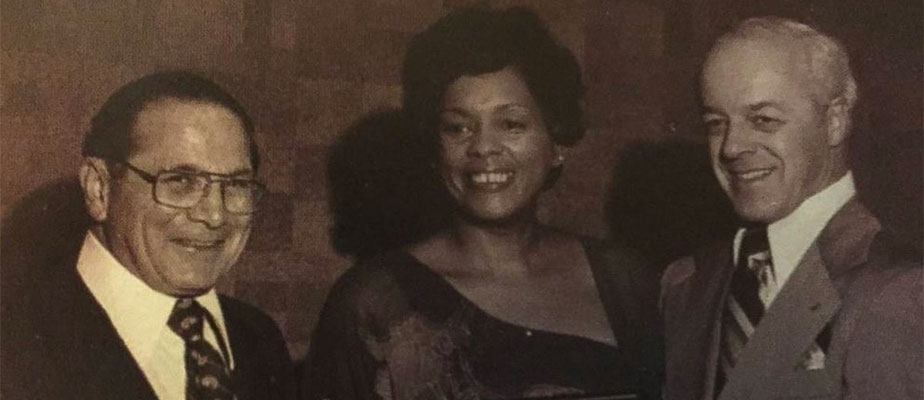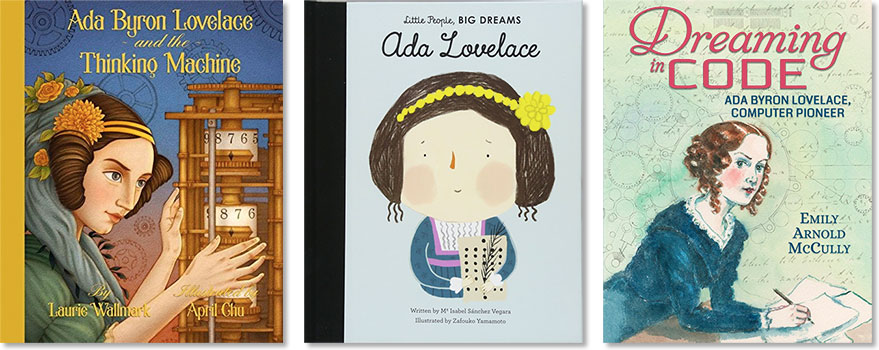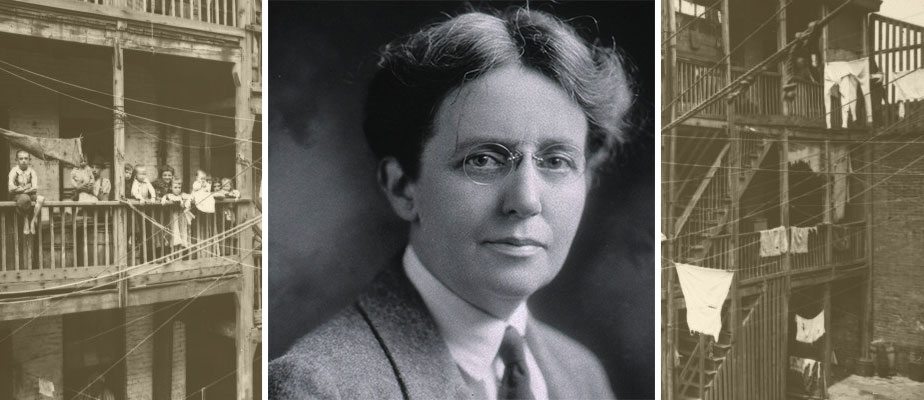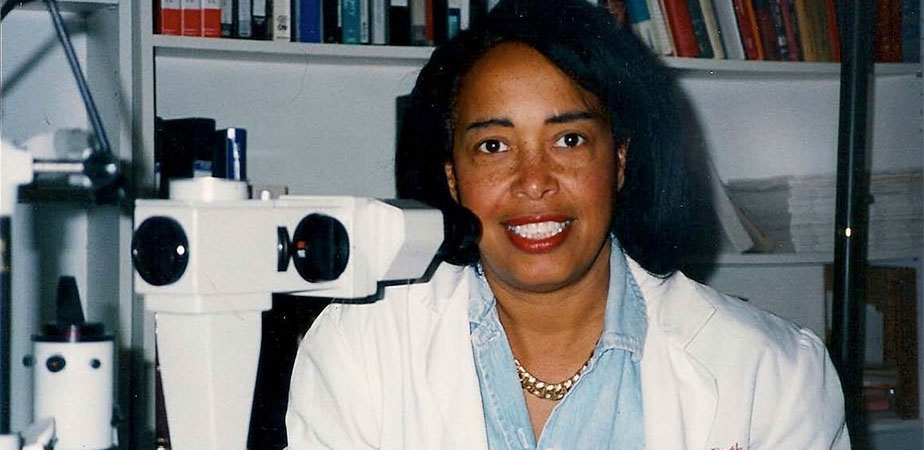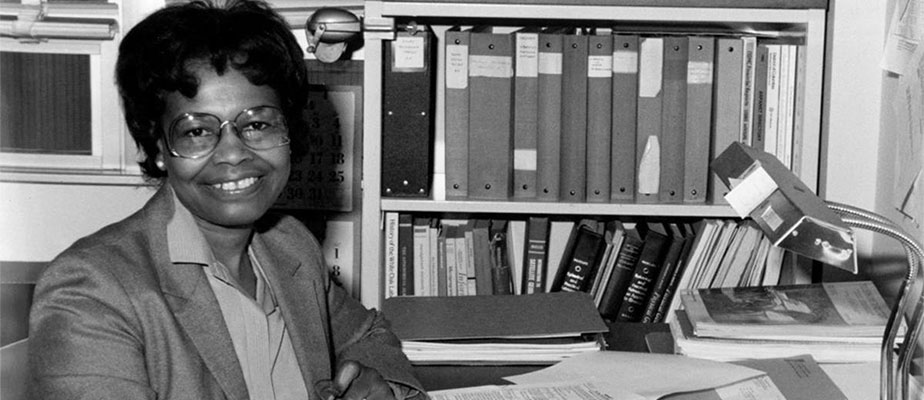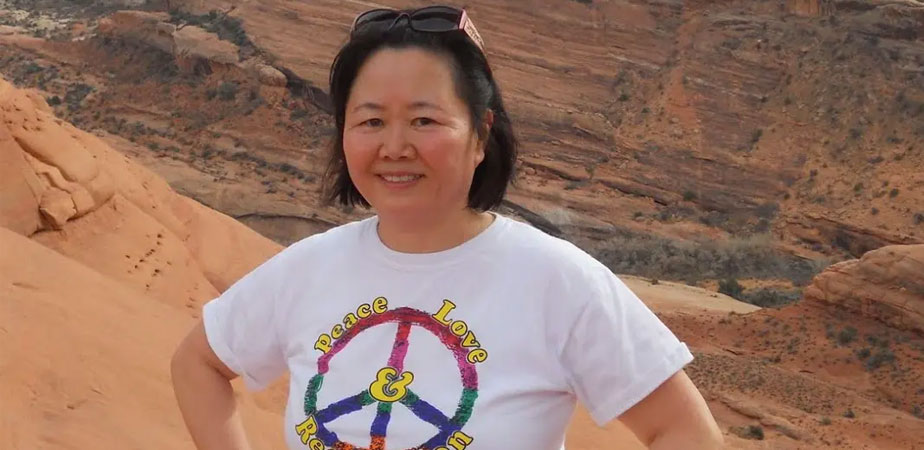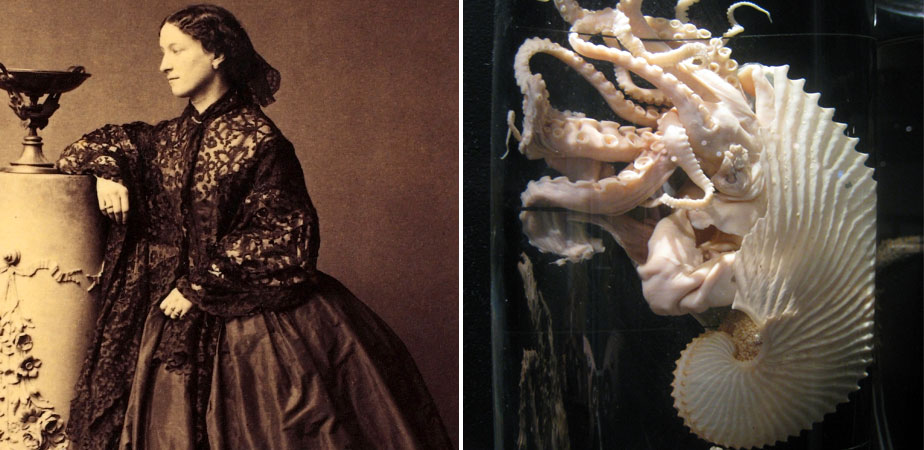A Mighty Girl's top picks of books, toys, and clothing for dino-loving girls of all ages!
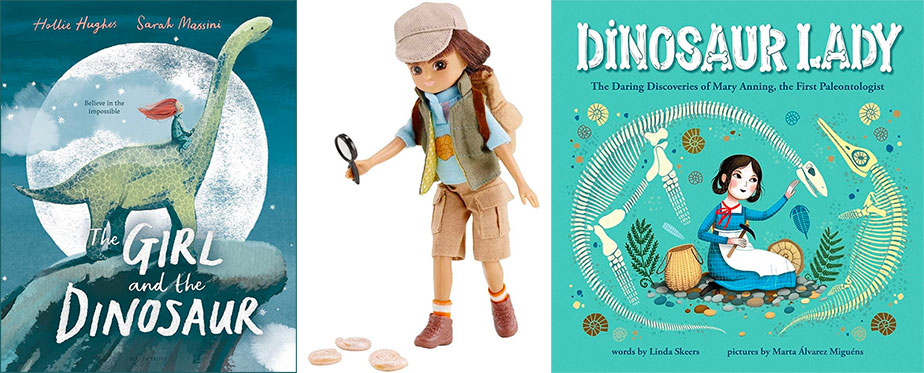 All too often, books, toys, and clothing featuring dinosaurs exclusively feature boys — but what about the countless dino-loving girls out there? There are plenty of girls who know a plesiosaur from a pachycephalosaurus, or who can talk for hours about the plant life of the Jurassic versus Triassic periods! And if you've got a dino-crazy Mighty Girl in your house, you may want to stock her bookshelves, toy box, and closet with things that remind her that dinos are definitely for girls. Continue reading Continue reading
All too often, books, toys, and clothing featuring dinosaurs exclusively feature boys — but what about the countless dino-loving girls out there? There are plenty of girls who know a plesiosaur from a pachycephalosaurus, or who can talk for hours about the plant life of the Jurassic versus Triassic periods! And if you've got a dino-crazy Mighty Girl in your house, you may want to stock her bookshelves, toy box, and closet with things that remind her that dinos are definitely for girls. Continue reading Continue reading










